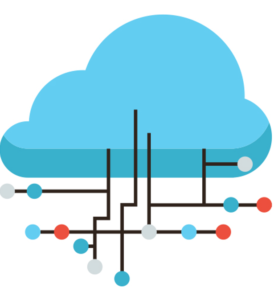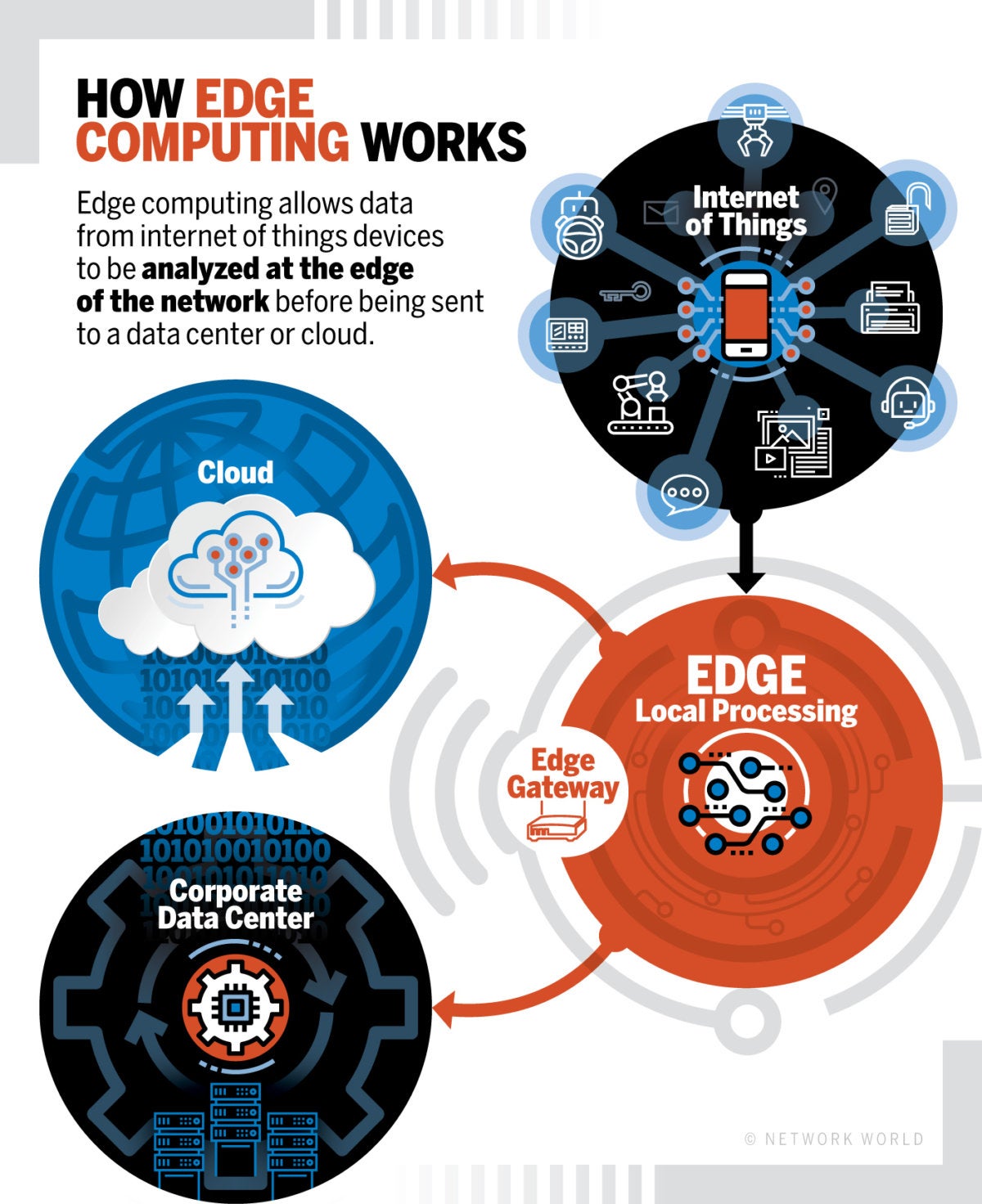Introduction
The successful proliferation of the Internet of Things (IoT) within cloud environments has driven rapid acceptance of the innovative new computing paradigm – Edge Computing.
Edge computing is a means of optimizing organizational cloud computing by carrying out processing near the source of the data at the edge of the network. This approach decreases the communications bandwidth required between sensors and the central corporate data center and supports data produced by IoT devices to be effectively and efficiently processed closer to where it is created instead of sending it across long routes to data centers or clouds.

Market research supports that tens of billions of connected things will generate massive volumes of data from disparate sources. McKinsey estimates that the Industrial Internet of Things (IIoT) will create $7.5T in value by 2025. The Industrial IoT brings together minds and machines that connect people to machine data that accelerate the deployment of digital industrial transformation.
Business Insider reports:
“By 2020 more than five million smart sensors and other IoT devices will be in use around the world, and these devices will generate at least 507.5 zettabytes of data.”
Edge Computing: Definitions
According to IDC:
“Edge computing is a “mesh network of micro data centers that process or store critical data locally and push all received data to a central data center or cloud storage repository, in a footprint of less than 100 square feet,”
According to Gartner:
“Edge computing as solutions that facilitate data processing at or near the source of data generation. For example, in the context of the Internet of Things (IoT), the sources of data generation are usually things with sensors or embedded devices. Edge computing serves as the decentralized extension of the campus networks, cellular networks, data center networks or the cloud.”
Edge Computing Scope
Edge computing scope encompasses a wide array of digital technologies like wireless sensor networks, mobile data acquisition, mobile signature analysis, cooperative distributed peer-to-peer ad hoc networking and processing also classifiable as local cloud/fog computing and grid/mesh computing, dew computing, mobile edge computing, distributed data storage and retrieval, autonomic self-healing networks, remote cloud services, and augmented reality.

Source: Network World
Edge servers are computers for running middleware or applications that sits close to the edge of the network, where the digital world meets the real world. Edge servers operate in warehouses, distribution centers, and factories, as opposed to corporate headquarters.
PwC Paper, Sensing the Future of the Internet of Things reported:
“IoT is transforming the everyday physical objects that surround us into an ecosystem of information that will enrich our lives. From refrigerators to parking spaces to houses, the IoT is bringing more and more things into the digital fold every day, which will likely make the IoT a multi-trillion-dollar industry in the near future.”
Edge Computing: Solutions
Organizations use edge computing solutions in a broad cross-section of industries, including hospitals, retailers, and logistics providers. Many organizations have already deployed edge computing as part of their corporate IoT strategy. As the velocity of IoT implementations increase, edge computing will likely become more prevalent. Successful functional uses of edge computer consist of:
- Autonomous Vehicles
- Edge Video Orchestration
- Grid Edge Control and Analytics
- Hospitals Operating Rooms
- Oil and Gas Remote Monitoring
- Retailers Point of Sales
- Traffic Management
Edge Computing: Benefits
The benefits for organizations that successfully design and implement an edge computing system are as follows:
- Decrease data volumes, the consequent traffic, and the distance data must travel, thereby reducing transmission costs, and improving Quality of Service (QoS).
- Empower analyses of mission-critical/decision-making supporting data in near real-time.
- Eliminate, or de-emphasizes the core computing environment, limiting or removing a significant bottleneck and a potential point of failure.
- Facilitate “virtualize” (logically group CPU capabilities on an as-needed, real-time basis) extends scalability.
- Reduce latency since data does not have to traverse over a network to a data center or cloud for processing.
Edge & Cloud Computing
Cloud computing is still a vital processing model and is beneficial in solutions that are not time-out response sensitive, where the device does not need processing power itself, or to support big data applications. Cloud computing increases the efficiency of daily work tasks and provides a pathway for the massive mountains of data to travel to the intended system endpoints. Edge computing offers valuable benefits where computing devices have data processing capabilities and requires the ability to process data quickly.
In summary, Edge computing does not replace cloud computing. The analytic algorithm is set-up in the cloud and then pushed to the edge device. This condition often occurs where the IoT or other digital device is primarily a sensor gathering data and incapable of analysis.



0 Comments